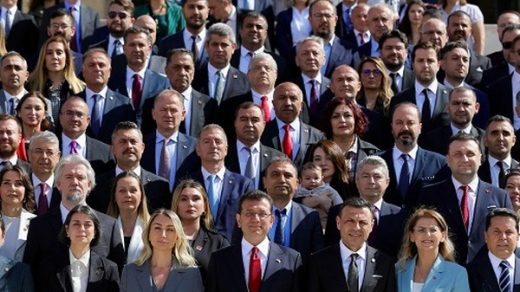According to personal income and expenditure data published today; In March, income increased by 21.1% (the largest monthly increase after 1946), and purchases of goods and services increased by 4.2%. Expectation was; 20.3% increase in revenues and 4.1% increase in personal expenditures. Personal revenues were backed by outbreak aid packages, which resulted in a sharp increase in spending. In February, personal incomes were down 7% from the previous month, which was the impact of pandemic benefits. Inflation-adjusted personal spending rose by 3.6% in March, following a 1.2% decline in the previous month. Spending on goods increased 7.3% and service spending increased 1.7%. Personal savings rate increased from February’s 13.9% in March to 27.6%.
President Joe Biden signed the $ 1.9 trillion American Rescue Act in March, providing incentives to individuals, extending unemployment benefits through September. The increase in personal expenditures and income will positively affect the 2Q21 period, following a strong growth rate contribution to the economy at the beginning of the year. As vaccination feeds reopening, the increase in income will be driven by an increase in employment rather than a stimulus package.
The rate of increase in the PCE price index, which is the indicator used by the Fed for its official inflation target, is 0.5% on a monthly basis and 2.3% on an annual basis. Annual inflation growth marks the highest since 2018. In the core indicator excluding food and energy costs, which are volatile items, we see 1.8% in March, after 1.4% increase in February. According to the Fed, inflation is affected by temporary metrics. After FOMC, Powell noted on Wednesday that 12-month inflation indicators will move “well above” 2% in the next few months, but the effects will “fade” within months. On the annual inflation side, the low rates brought about by the demand collapse due to the pandemic at this time of last year have a base effect. Therefore, this is one of the factors that underlie the expectation of a damping in inflation. After the effects of last year’s low rates wear off, inflation is expected to return to its normal rate of increase. Another underlying factor is the expectation that the increase in demand will make a limited contribution to cost-driven inflation and that these income increases will be used to increase saving rates. The Fed did not take action at this stage, as it was seen as a one-off inflation.
The mainstay of the party that defends the increase pressure in inflation is; The latest stimulus package and the impact of Biden’s infrastructure package, next booming degree of suppressed demand and rising product costs. The cost effect is something that everyone agrees on, because commodity prices are increasing in the world and it is not unexpected that it will increase as the economies open up. In order for an inflation increase to be acceptable, it must point to a continuous picture. What the Fed underestimates is the potential for increased demand. Rather than government aid, it is necessary to evaluate the situation when people return to their jobs and acquire old spending habits. That is why the relationship between employment and inflation should be addressed. The Fed is in a position to consider these two as the main tapering criteria.
Kaynak Tera Yatırım
Hibya Haber Ajansı













